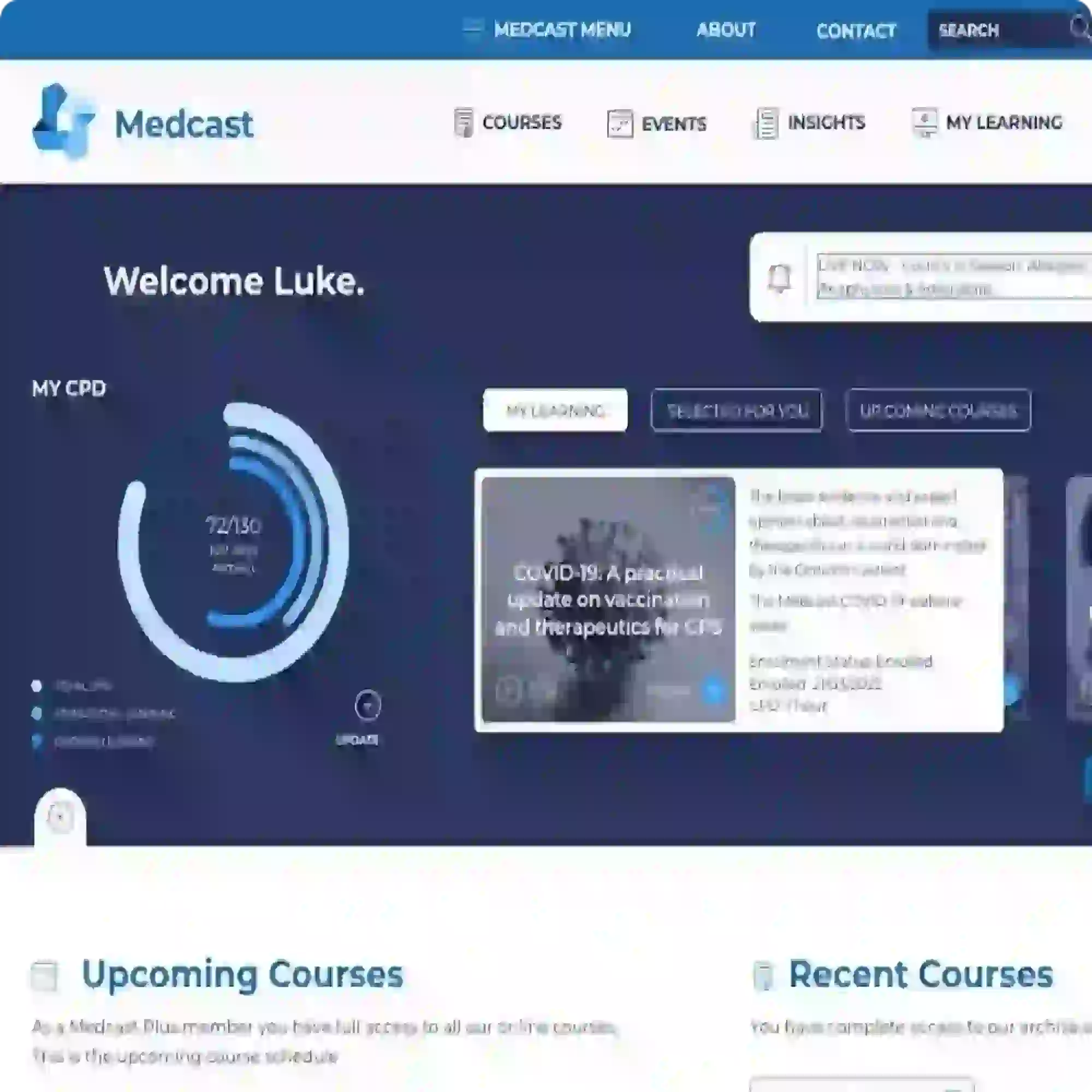Medication Spotlight: Paracetamol
A frequently used medication in community and hospital settings is paracetamol (named acetaminophen in some countries). It is a non-opioid analgesic with antipyretic properties, which is achieved by reducing prostaglandin production in the central nervous system. It has less adverse effects than other analgesics, as it has no effect on platelet functioning and allergies are very rare. Paracetamol has minimal anti-inflammatory effects, which reduces its effectiveness on inflammatory pain such as acute musculoskeletal pain. It is indicated for mild to moderate pain in all age groups, and is safe to use in pregnancy and breastfeeding. Paracetamol has been used in Australia since the 1950s, and can be purchased under many brand names.
Paracetamol should be used with extreme caution in patients with hepatic dysfunction, as toxic levels can develop quickly. Patients on a sodium restriction, or with phenylketonuria should take care with liquid or soluble formulas, as some preparations may be contraindicated in patients with those conditions.
Dosing (Posology):
The adult dose of paracetamol is 0.5g to 1 g per dose, with a maximum of 4 g in a 24 hour period for acute conditions and 6 g in a 24 hour period for chronic conditions.
The paedatric dose of paracetamol is 15 mg/kg every 4 to 6 hours, with a maximum of 90 mg/kg in a 24 hour period with medical supervision. It is important to not exceed the adult limits in larger children, once children exceed 66 kg then use standard adult doses.
The frequent accidental overdosing in community settings can be attributed to the varying concentrations of liquid preparations, inaccurate estimation of children’s weights, and the common inclusion of paracetamol in many cold and flu medications of which the user may not be aware. Also, some patients are not aware that Panadol osteo contains 665 mg of paracetamol per tablet, so if they took 8 tablets per day thinking they were following the normal dosing schedule they will have consumed 5320 mg which is well above the 4 gram daily limit.
Education to patients and families about the safe use of paracetamol is essential to reduce the risk of accidental overdose.
Paracetamol and Pregnancy: There is no evidence that the occasional use of paracetamol during pregnancy has any harmful effects on the foetus. Paracetamol is used routinely during all stages of pregnancy to provide anti-pyretic, and analgesic effects. The principles for use of many medicines taken during pregnancy, is to take paracetamol at the lowest effective dose for the shortest possible time.
Important Interaction: A very important interaction that may occur is in patients taking warfarin. If they start consuming paracetamol regularly or intermittently at higher doses, there is the possibility of their INR increasing. These patients should have their INR monitored more regularly when commencing paracetamol therapy.
Authors: Crystal Smith and Ken Hambrecht
References:
Buckley, N. (Chair). Australian Medicines Handbook (AMH), 2020, Chapter 3: Analgesics, Section 3.1.1. Non-opioid analgesics, Australian Medicines Handbook Pty Ltd, Adelaide SA, p 45-46.
Consumer Medicine Information - Paracetamol. Available at; https://www.nps.org.au/medicine-finder/osteomol-665-paracetamol
Hughes GJ, Patel PN, Saxena N. (2011). Effect of acetaminophen on international normalized ratio in patients receiving warfarin therapy. Pharmacotherapy. Jun;31(6):591-7. doi: 10.1592/phco.31.6.591. Available at; https://pubmed.ncbi.nlm.nih.gov/21923443/
Mahé I, Bertrand N, Drouet L, et al. (2006). Interaction between paracetamol and warfarin in patients: a double-blind, placebo-controlled, randomized study. Haematologica. Dec;91(12):1621-7. Available at; https://pubmed.ncbi.nlm.nih.gov/17145598/
NPS MedicineWise, 2015, Safe and appropriate use of paracetamol: closing the consumer knowledge gap.
Parra D, Beckey NP, Stevens GR. (2007). The effect of acetaminophen on the international normalized ratio in patients stabilized on warfarin therapy. Pharmacotherapy. May;27(5):675-83. doi: 10.1592/phco.27.5.675. Available at; https://pubmed.ncbi.nlm.nih.gov/17461702/
Therapeutic Goods Administration (TGA), 2003, Paracematol: Practitioner fact sheet, Australian Government Department of Health.

Crystal Smith is a Senior Education Consultant for Critical Care Education Services (part of the Medcast Group). She has a clinical background in critical care, paediatrics and education.
Become a member and get unlimited access to 100s of hours of premium education.
Learn moreCo-billing and split billing are often a source of confusion for many GPs. This FastTrack clearly defines these two methods of billing, including examples, explanations of when it is and isn’t appropriate to co- or split bill, and common compliance pitfalls. 30 mins each RP and EA available with the quiz.
The Coordinated Veterans’ Care (CVC) Program is a DVA initiative that allows GPs to provide structured, proactive care in the community for eligible veterans and war widows. This FastTrack provides a guide to billing the CVC program, and outlines a strategy for its practice-wide integration.
Achilles tendinopathy is a common cause of posterior heel pain and functional impairment. GPs are well-placed to coordinate care for these patients. This FastTrack fact sheet provides a concise summary of diagnosis and non-surgical management, including when to refer. Earn 30mins each RP and EA CPD with the quiz.

